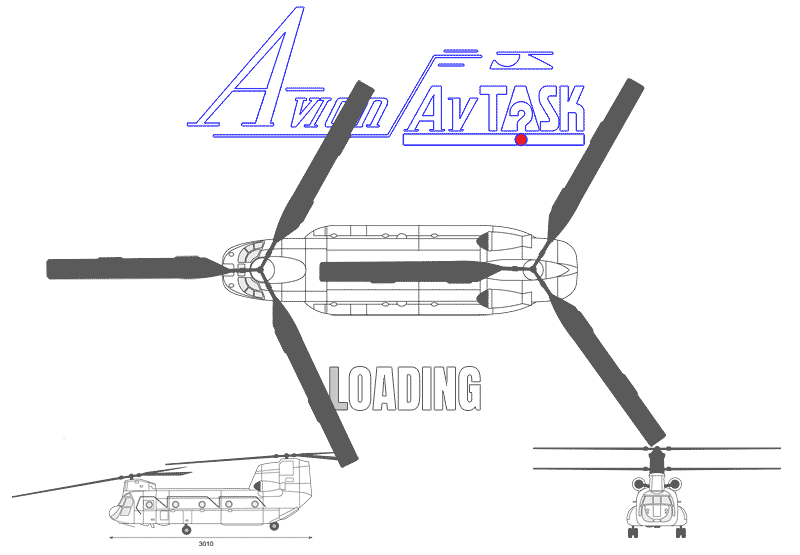Our Blade Repair Standards
- Blade repairs are made in accordance with TM 55-1520-240-23 repair manual;
- All repair work is accomplished by highly trained employees who have been certified to perform the specific tasks required;
- Also, Normal AVUM/AVIM aft-body repairs.
- AvTask has been approved to:
- Replace root-end socket liners,
- Replace trim tabs.
- Replace root-end pads.
- All work is closely monitored and controlled.
- Innovative tooling has been developed by AvTask to improve repair times, repeatability, and product quality.
How do we Remove Lag Damper and Windings without Damaging Blade Shank?
Lag Damper Saw

The traditional method for removing the Lag Damper resulted in damage to an unacceptable number of rotor blades. AvTask developed a saw to provide a repeatable process for removal which minimizes the damage. The process was demonstrated to the OEM in January 2015 and has been approved.


How do we replace Trim Tabs?
Trim Tab Bonding Tool
AvTask developed a tool for bonding a two-piece, stainless steel, trim tab to the trailing edge of a CH-47 blade. The Avtask tool controls the temperature ramp, pressure, and the uniformity of temperatures required to meet the OEM specifications. The unique mechanical design ensures the proper pressure during repair. Both temperature and pressure can be periodically calibrated and stored for quality and historical purposes.



How do we ‘Make Scarf Repairs to the Trailing Edge’?
Blade Scarfing Tool
The trailing edge of the Chinook blade can be repaired with a scarf joint at both ends of the repair and replacement piece. The trailing edge varies from approximately 5/16 to 3/16 inch in thickness along the chord.


How do we contour the honeycomb core to match the airfoil shape?
Profile Router/Core Replacement Router
Replacement of honeycomb core and fiberglass skin to form a complex contour is a problem faced by many within our industry. Avtask has developed a solution comprised of two router fixtures. The first fixture, the Core Router, is used to remove the fiberglass skin and a section of core to a predetermined depth. Following the Core Router, a replacement core section is bonded in place. The second fixture, the Core Profiler is used to shape the new core section duplicating the original blade geometry. This represents a significant improvement over the original process of using a hack saw to remove the damaged section of core, then sanding to achieve the desired contour.




SUBSCRIBE
SUBSCRIBE FOR UPDATES

